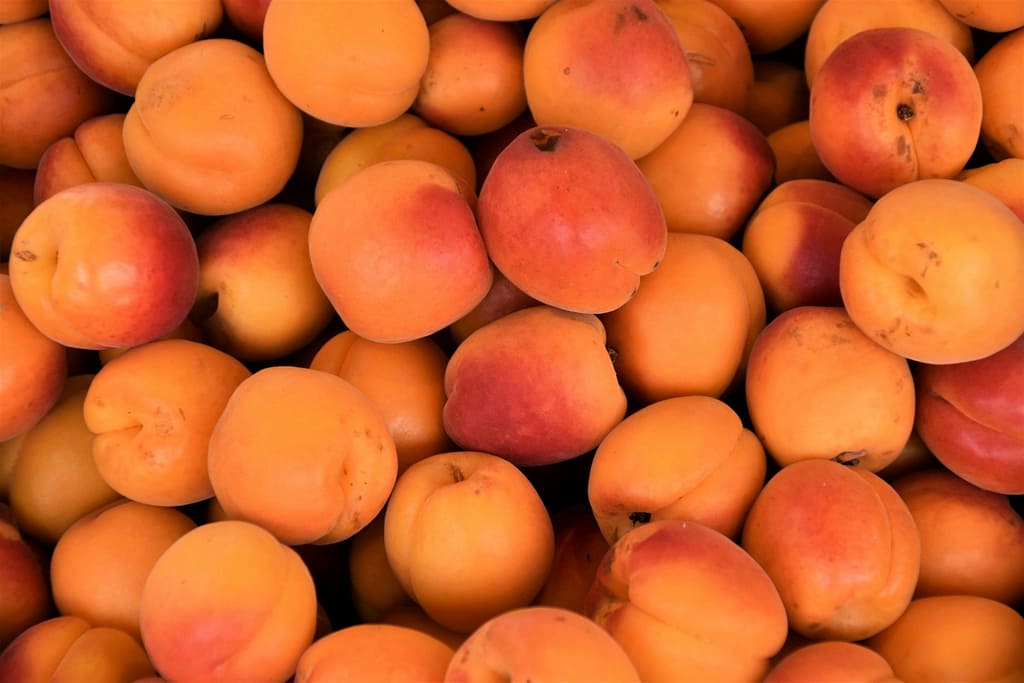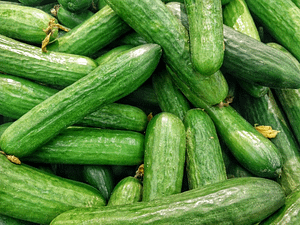
Introduction
Cherries, the small round fruits of the Prunus species, are a delightful combination of sour and sweet flavors. With their vibrant colors and juicy flesh, cherries have been enjoyed for centuries. In this article, we will explore the different varieties of cherries and their cultivation methods.
Varieties of Cherries
The Prunus species encompasses a wide range of cherry varieties, each with its own unique characteristics. However, two main species dominate the cherry world: sweet cherry (Prunus avium) and sour cherry (Prunus cerasus).
Sweet Cherry (Prunus avium)
Sweet cherries are native to Europe, Western Asia, and North Africa. They are known for their luscious, juicy flesh and mild sweetness. Some popular sweet cherry varieties include Bing, Rainier, and Stella.
Sour Cherry (Prunus cerasus)
Sour cherries, on the other hand, are native to the area between the Caspian and the Black Sea. They have a more tart flavor compared to sweet cherries, making them a favorite for baking and preserving. Montmorency and Morello are well-known sour cherry varieties.
Cultivation of Cherries
Cherries can be grown in a variety of climates, but they thrive in temperate regions with well-drained soil and a good amount of sunlight. Here are some key points to consider when cultivating cherries:
1. Choosing the Right Variety
Before planting cherry trees, it’s important to select the right variety based on your climate and intended use. Sweet cherry trees are more suited to warmer regions, while sour cherry trees are hardier and can withstand colder temperatures.
2. Soil Preparation
Cherries prefer loamy soil that is well-drained. Prior to planting, ensure the soil is rich in organic matter and has a pH level between 6 and 7. If the soil is heavy or clay-like, consider adding compost or sand to improve drainage.
3. Planting
Cherry trees should be planted in early spring or late fall, when the soil is moist and temperatures are mild. Dig a hole large enough to accommodate the root system, and gently spread the roots before covering them with soil. Space the trees at least 15-20 feet apart to allow for proper air circulation.
4. Pruning
Regular pruning is essential for maintaining the health and productivity of cherry trees. Prune during the dormant season to remove dead or diseased branches, as well as to promote better fruit production. Be sure to follow proper pruning techniques to avoid damaging the tree.
5. Irrigation
Cherry trees require consistent moisture, especially during the fruiting season. Provide regular irrigation, aiming for about 1-2 inches of water per week. Avoid overwatering, as it can lead to root rot and other diseases.
6. Pest and Disease Control
Cherry trees are susceptible to various pests and diseases, including aphids, cherry fruit fly, and brown rot. Implement preventive measures such as regular inspection, proper sanitation, and the use of organic pest control methods to protect your trees.
7. Harvesting
Cherries are typically ready for harvest in early to mid-summer, depending on the variety and location. Ripe cherries should be firm, plump, and have a deep color. Gently twist the cherry from the stem to avoid damaging the tree.
Health Benefits of Cherries
In addition to their delicious taste, cherries offer a range of health benefits. Here are some notable advantages:
1. Antioxidant Powerhouse
Cherries are packed with antioxidants, which help protect the body against oxidative stress and reduce inflammation. These antioxidants may contribute to a lower risk of chronic diseases, including heart disease and certain types of cancer.
2. Anti-Inflammatory Properties
The natural compounds found in cherries have been shown to have anti-inflammatory effects. This can be particularly beneficial for individuals with arthritis or other inflammatory conditions.
3. Sleep Aid
Cherries are a natural source of melatonin, a hormone that regulates sleep-wake cycles. Consuming cherries or cherry juice may help improve sleep quality and duration.
4. Nutrient Rich
Cherries are a good source of vitamins, minerals, and fiber. They contain vitamin C, potassium, and dietary fiber, all of which are important for overall health and well-being.
5. Weight Management
Due to their low calorie and high fiber content, cherries can be a satisfying snack for those watching their weight. The fiber in cherries helps promote feelings of fullness and can aid in weight management.
Conclusion
Cherries are not only a delicious fruit but also a versatile ingredient in various culinary creations. Whether you prefer the sweetness of sweet cherries or the tanginess of sour cherries, there is a cherry variety to suit every taste. By following proper cultivation practices and enjoying the health benefits cherries offer, you can fully appreciate the wonders of this vibrant fruit.

